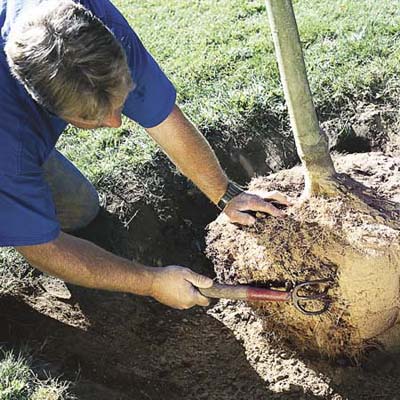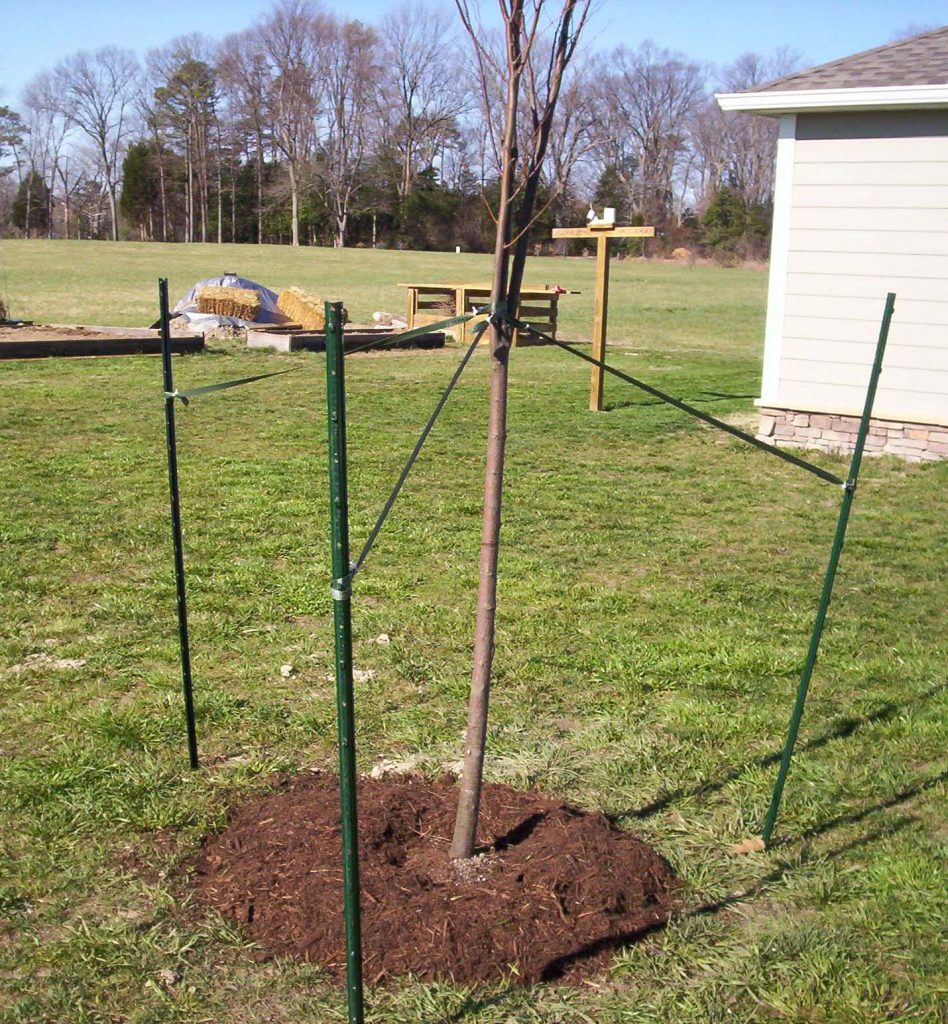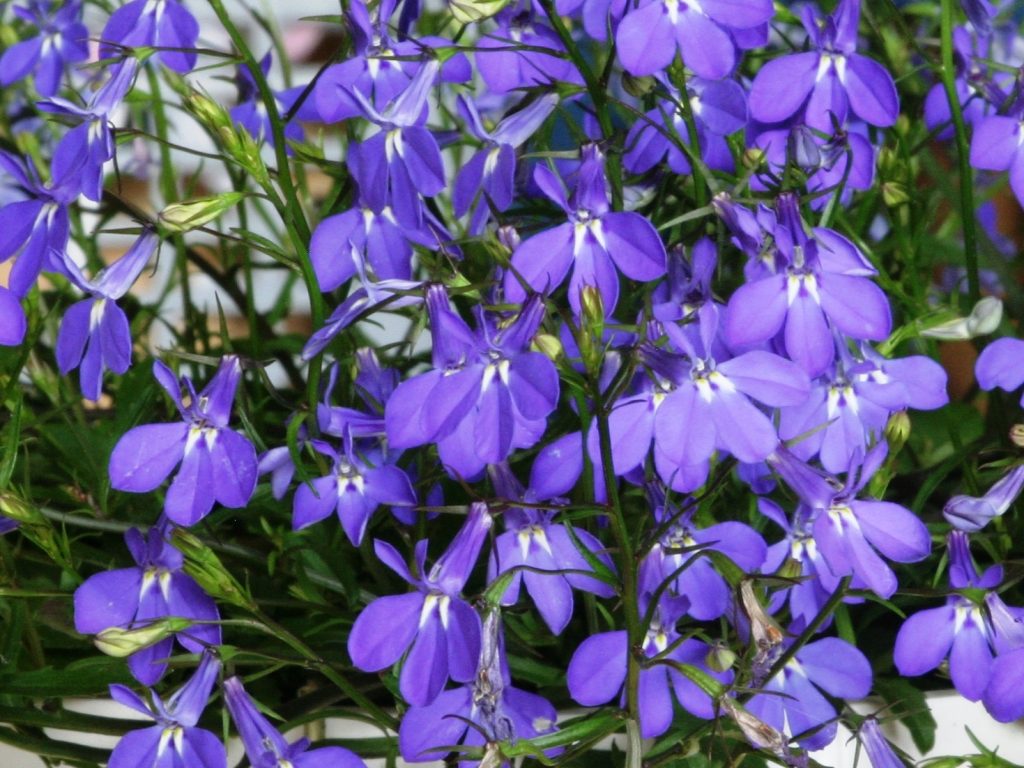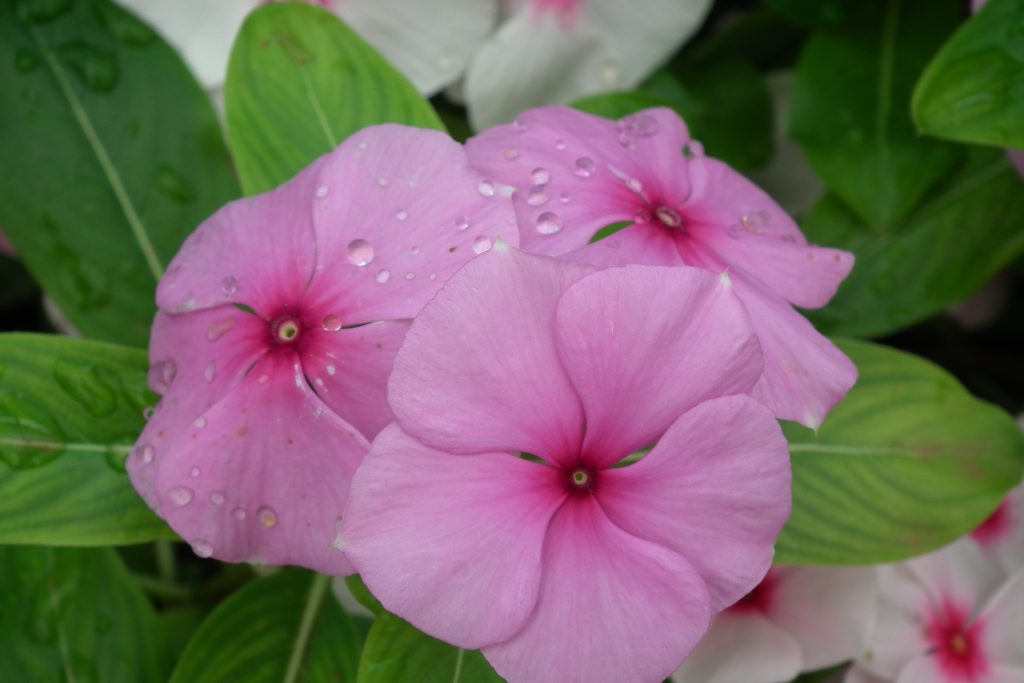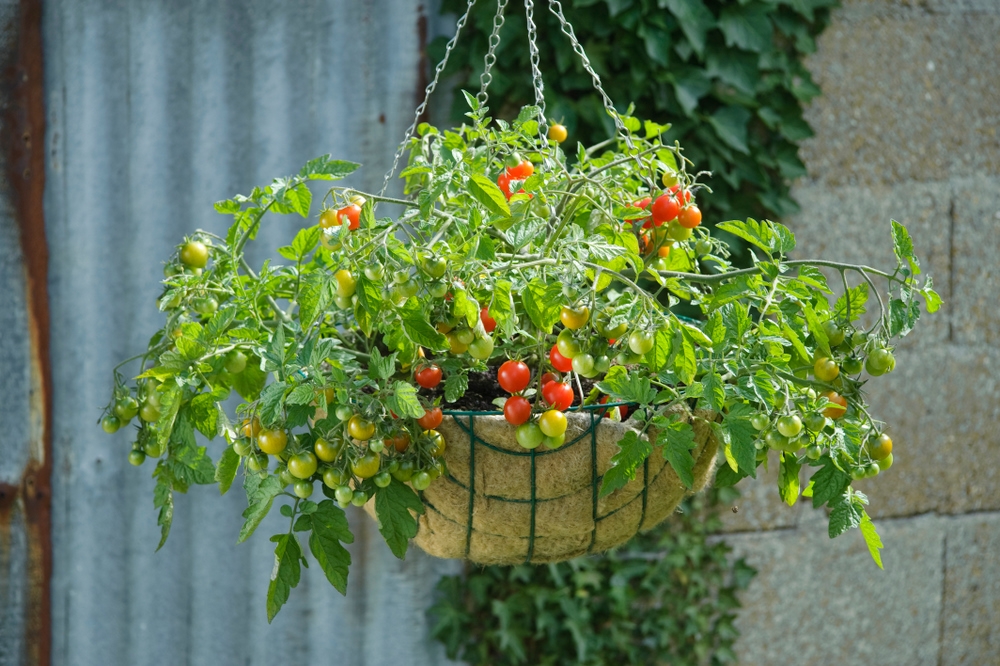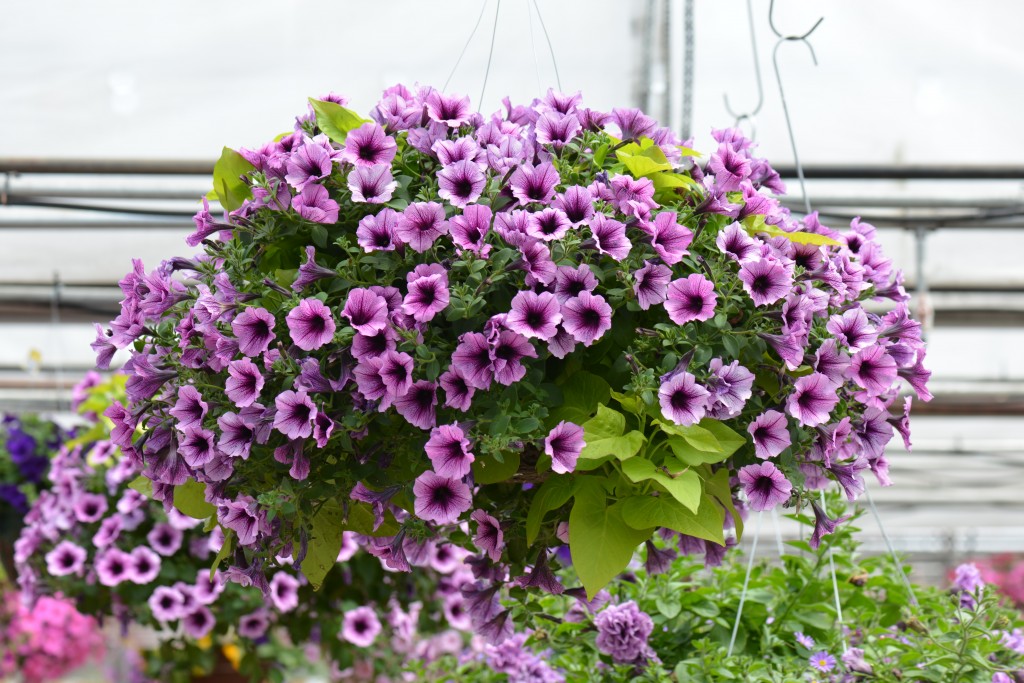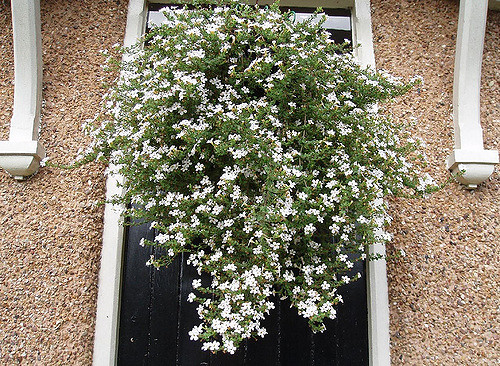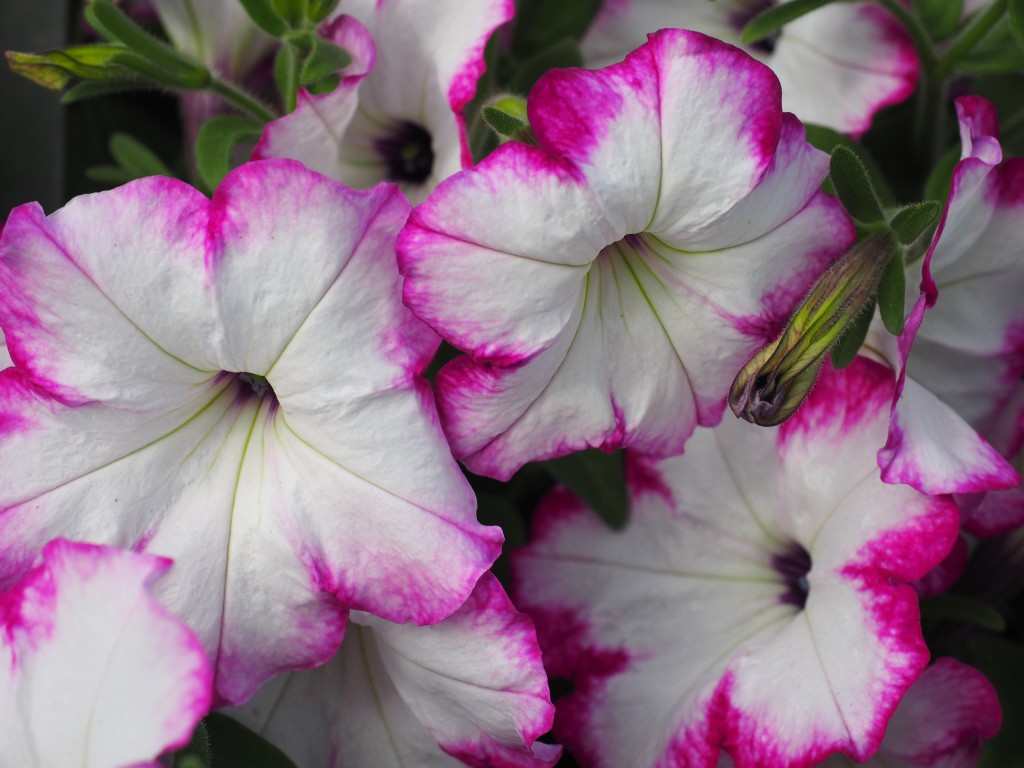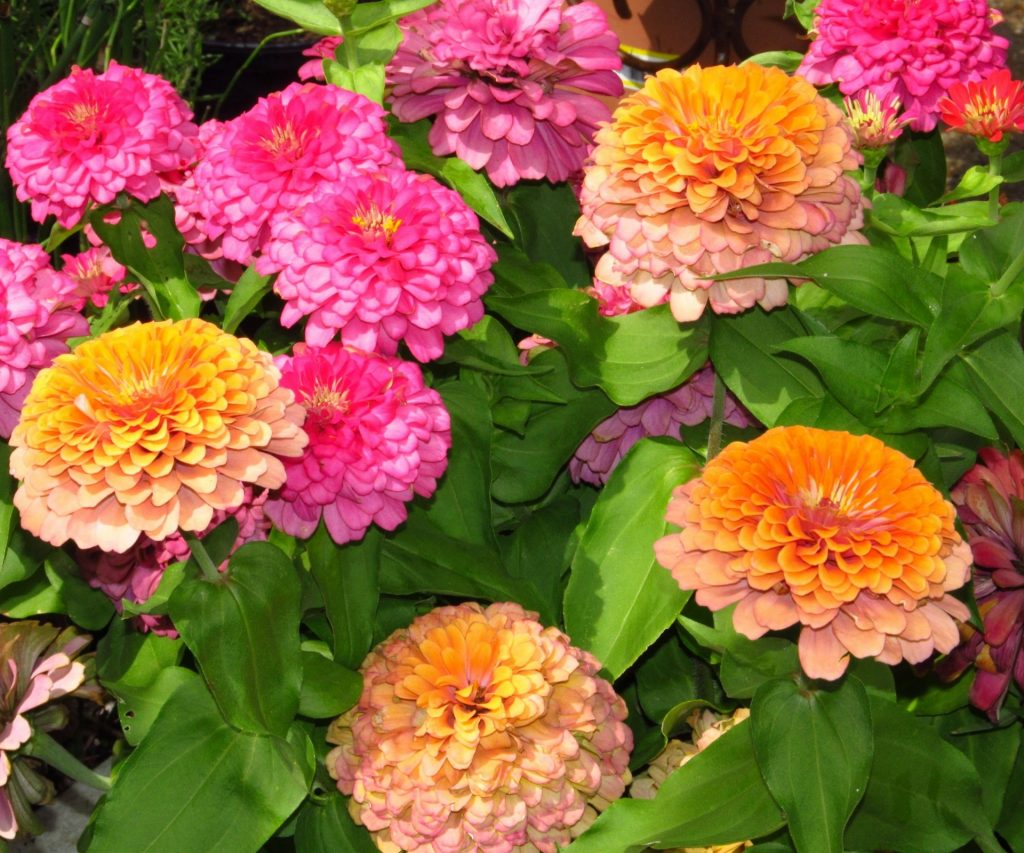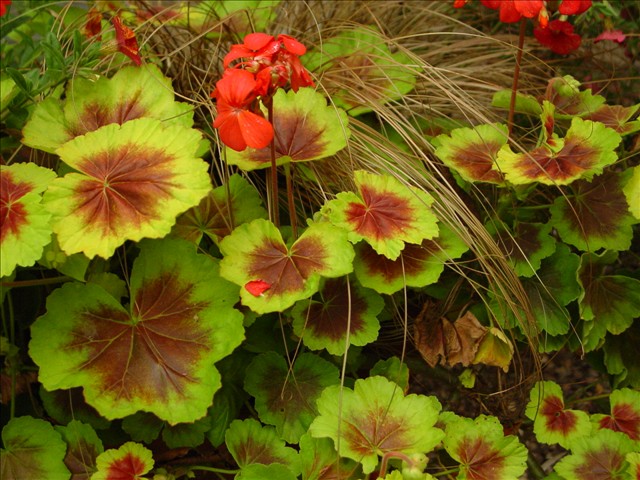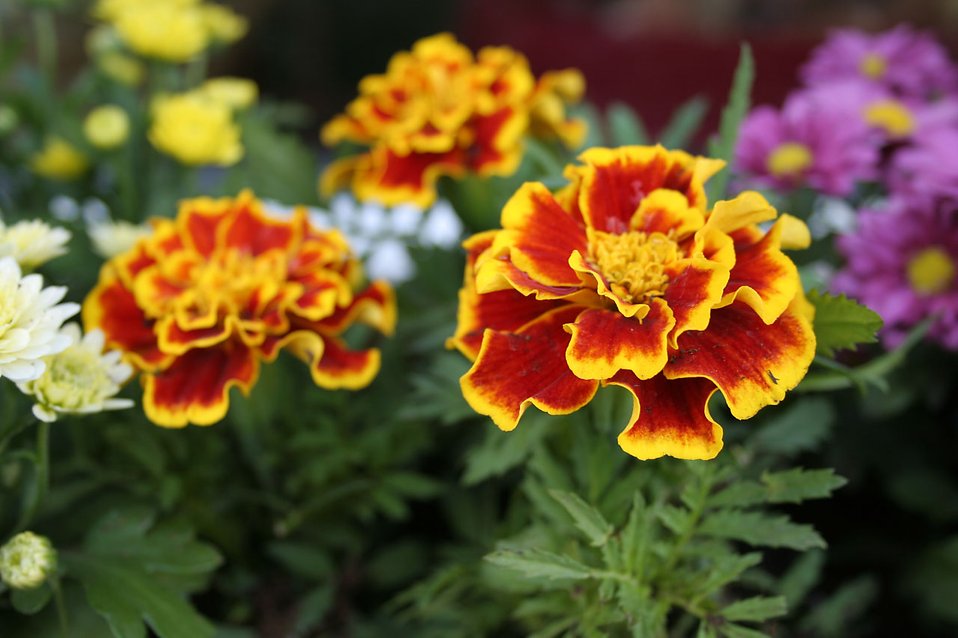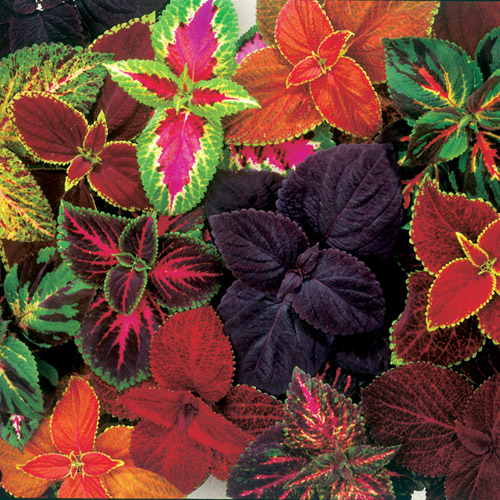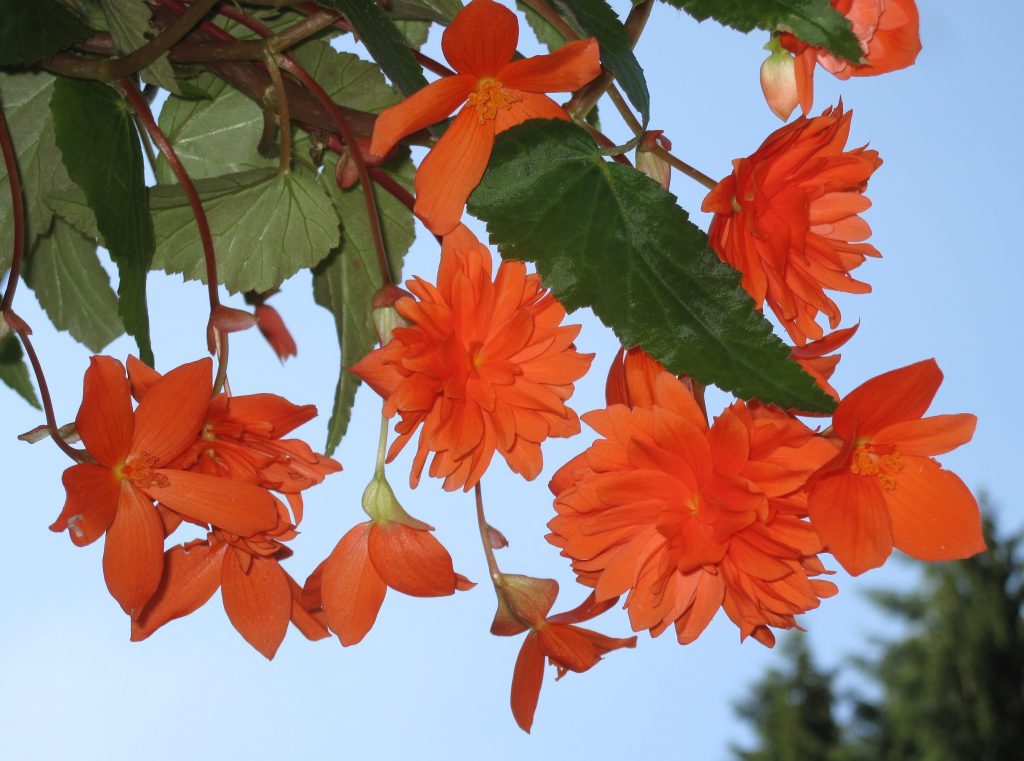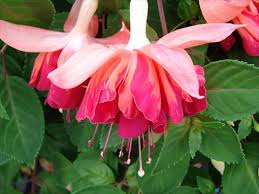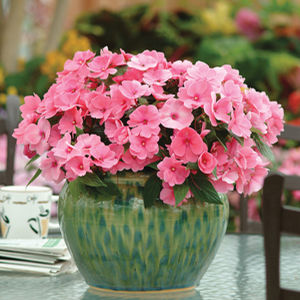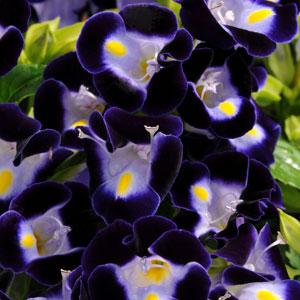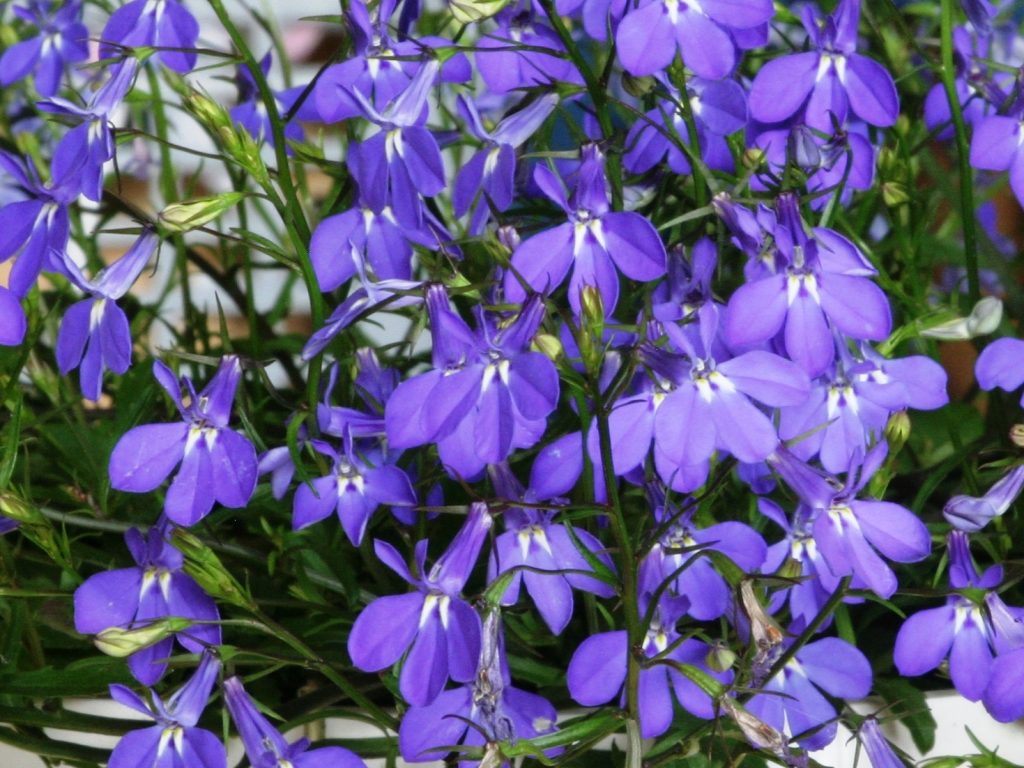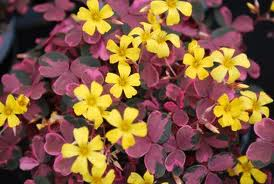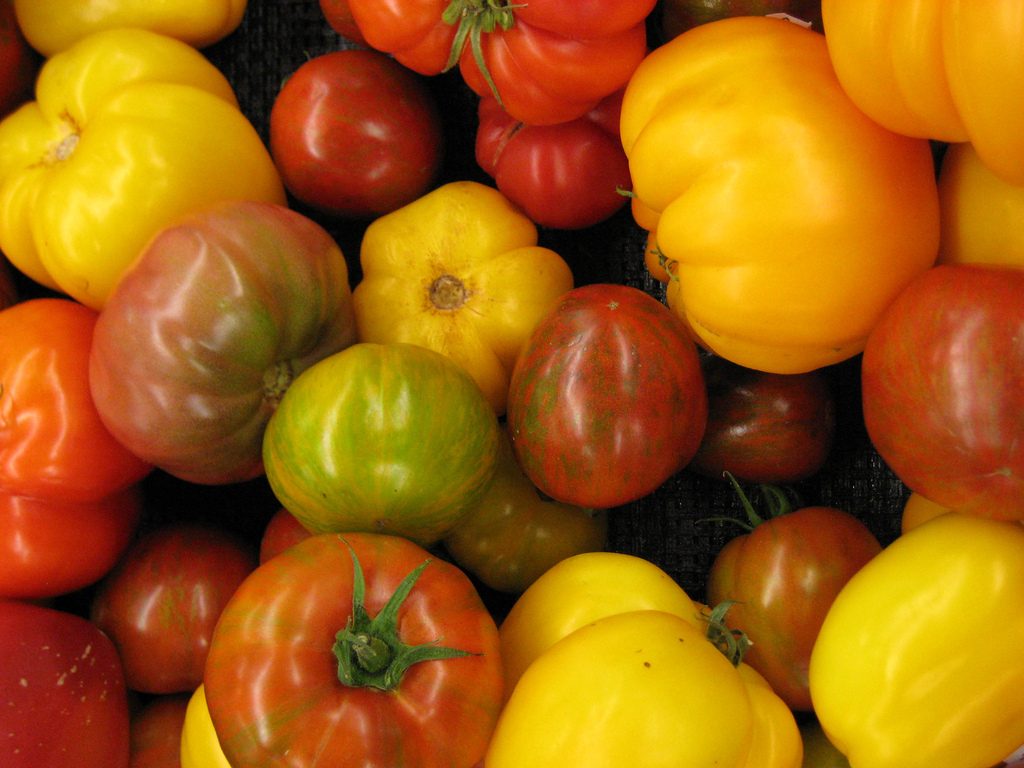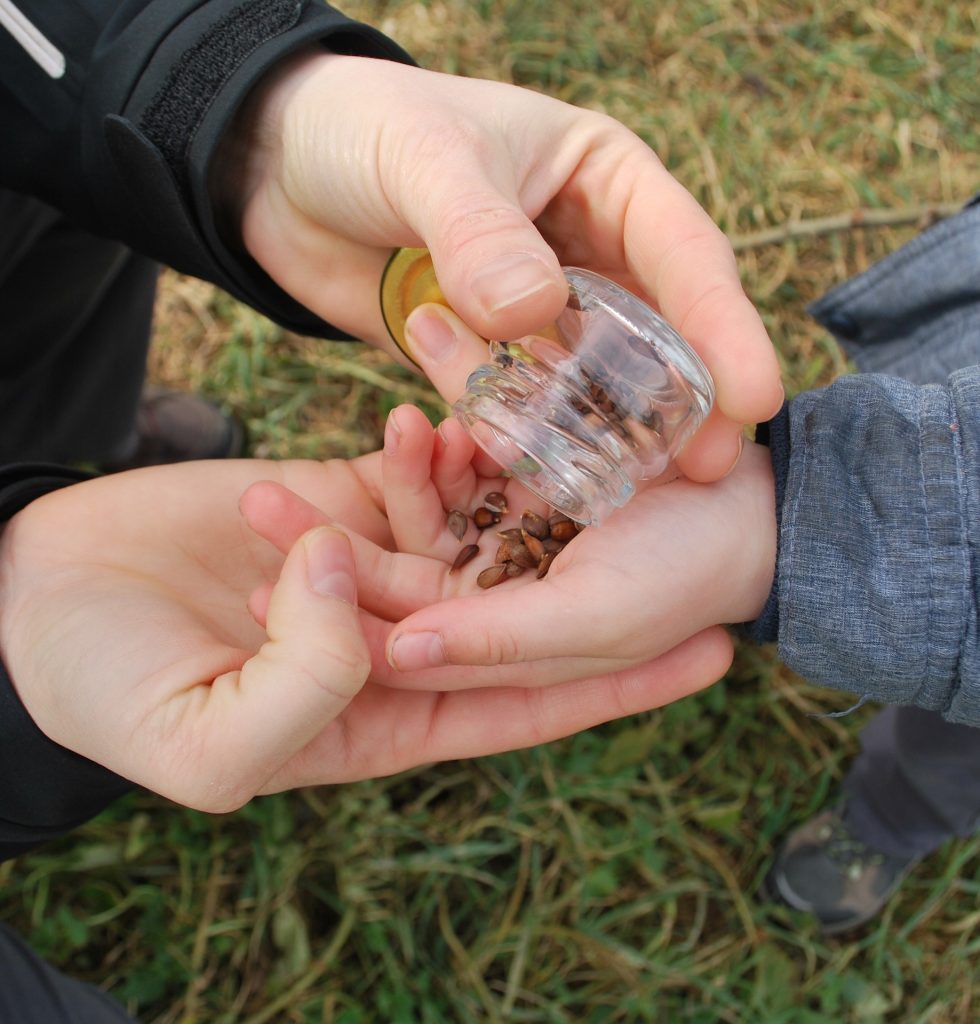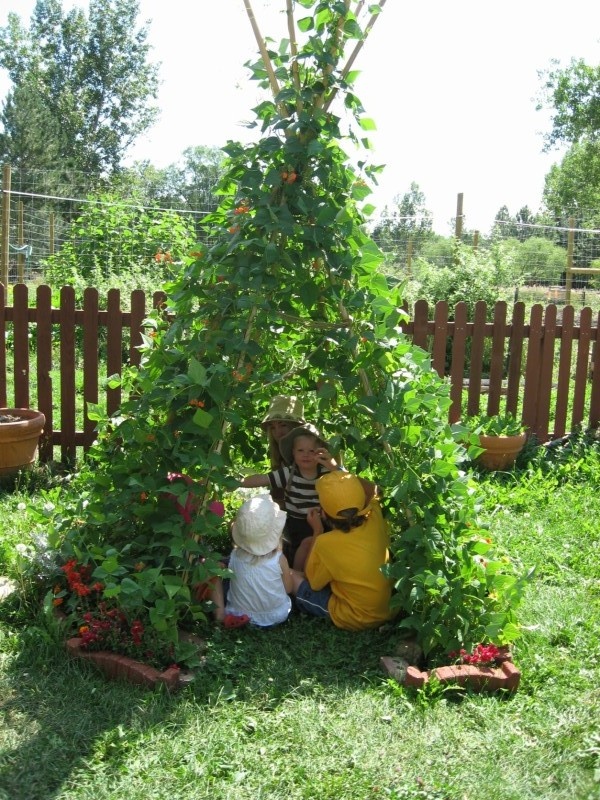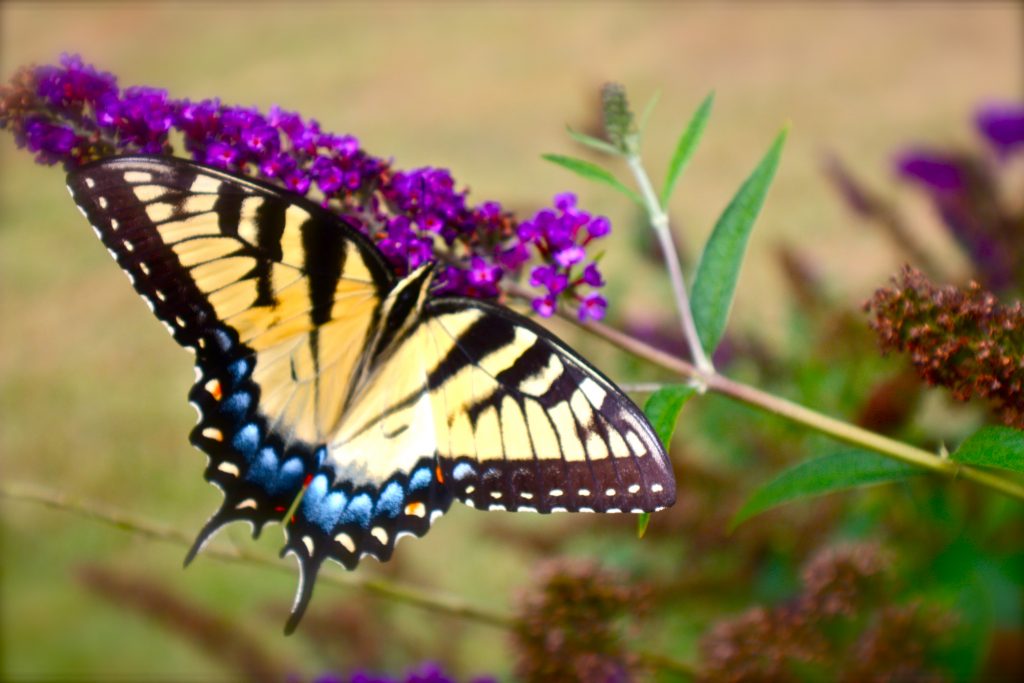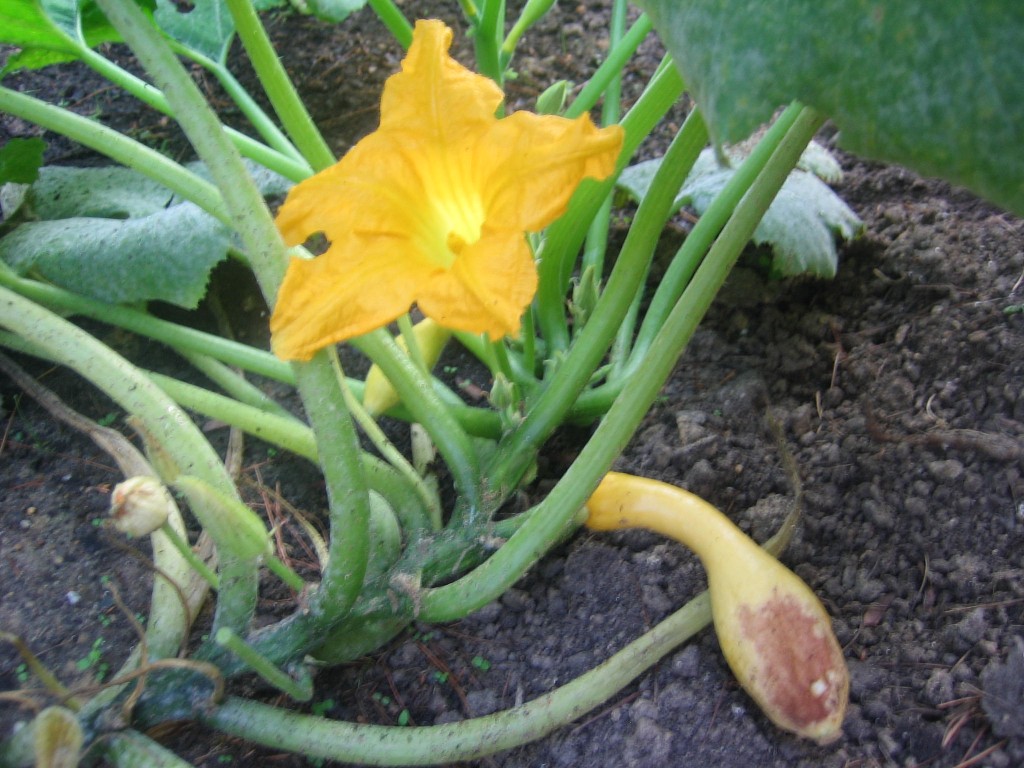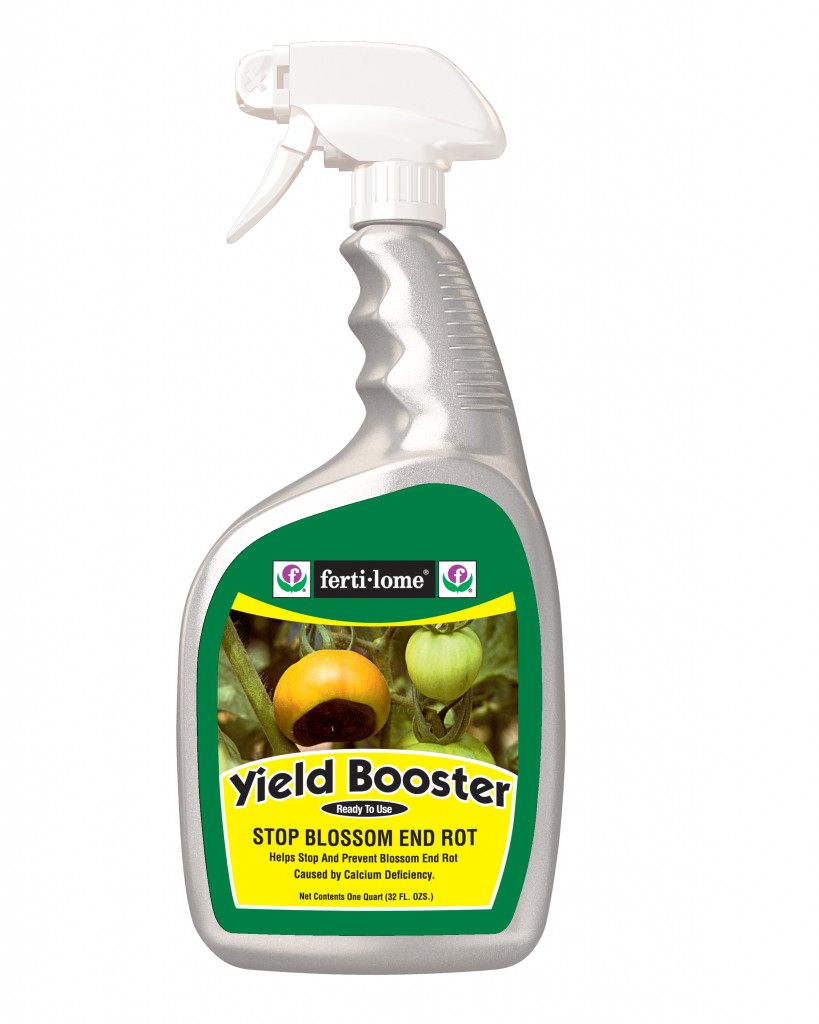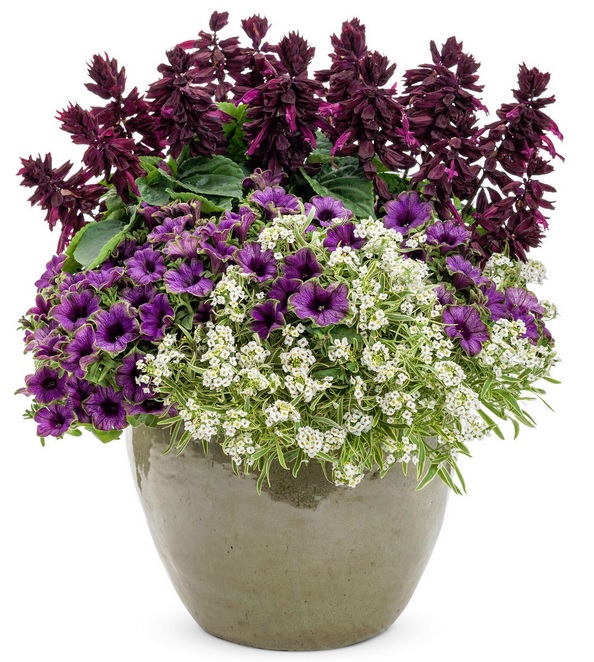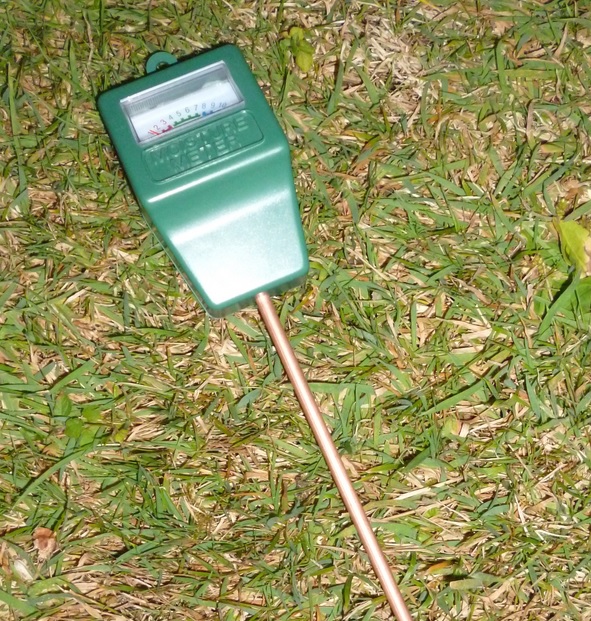Yes! You can plant.
‘Is it too late to plant?’ This is a question we hear a lot this time of year.
The answer: You can plant anytime during the growing season!While planting in the heat of summer poses some challenges, container grown perennials and shrubs are always happy to get their roots into the ground.
The key is water. High temperatures and intense sunlight cause plants to make strong demands on their root system to keep up with transpiration (think of the plant ‘sweating’ to cool off). When the roots have to work hardto keep the plant hydrated, it can’t use that energy for growing roots. Even worse, if the roots can’t find the water it needs the plant suffers.
For successful summer planting, make sure your plants are well hydrated before you transplant and plant in the cooler hours of early morning or evening. This reduces the stress of transplanting. Make your hole the same depth and twice as wide as the container your plant came in. Larger plants, shrubs and trees will benefit from pre-moistening the soil. Fill the hole with water and let is seep into the ground completely. While the water is seeping into the surrounding soil, mix 1 part compost with 2 parts of the soil you removed from the hole. Remove your plant from its container and gently loosen the roots. Place the plant with its roots spread out. For perennials, annuals and shrubs, match the same soil level as the container grown plant. Avoid burying it any deeper. For trees, CSU recommends planting with the root ball elevated from the ground, as trees will settle over time. For 1” caliper trees and smaller, plant 1” above the grade. For 2”-4” caliper trees, plant 2” above the soil grade. Add some of the soil/compost mixture if it sits too low. Fill the hole with the remaining soil/compost mixture while gently tamping down to stabilize the plant. Avoid packing the soil tightly. Our goal is to eliminate air pockets while still making it possible for roots and water to penetrate the soil. Top with compost or mulch to retain moisture and water deeply one more time with a root simulator. 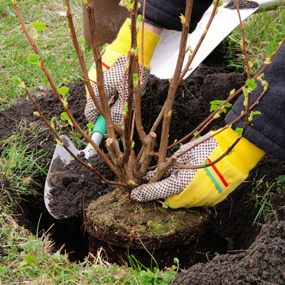
Check your plants both morning and evening if it’s been hot and dry, for several weeks. Moisture meters are handy tools to keep an eye on the moisture level surrounding the roots of your new transplants. For larger trees and shrubs, be sure to check in several places around the root ball, as they can dry unevenly while they establish. The long handle of a wooden spoon or a sharpened pencil can be used as a substitute if you prefer not to stick your fingers in the soil. Exposed wood absorbs moisture. Poke your utensil into the soil a few inches and pull it up. Feel the end of the utensil. If it is dry, then water. For plants with smaller root masses, check the soil about 2 inches below the surface for moisture. For larger plants like trees, check 3 to 4 inches into the soil. If dry, give it a deep soaking. Once your plants are settled and appear to be growing well, you can begin to reduce your watering frequency depending on your plants particular needs. Drought tolerant trees, shrubs and perennials will still need a deep soaking at least once per week during the hottest part of their first summer.
Remember to winter water trees, shrubs and perennials, too. Our climate is arid and young plants are the most susceptible during this time. Even established trees will suffer. If we don’t have a decent snowfall for 3-4 weeks then watering will be necessary to maintain your plants health. Failure to winter water is the most common reason for plant loss each spring.
The key is water. High temperatures and intense sunlight cause plants to make strong demands on their root system to keep up with transpiration (think of the plant ‘sweating’ to cool off). When the roots have to work hard to keep the plant hydrated, it can’t use that energy for growing roots. Even worse, if the roots can’t find the water it needs the plant suffers.
For successful summer planting, make sure your plants are well hydrated before you transplant and plant in the cooler hours of early morning or evening. This reduces the stress of transplanting. Make your hole the same depth and twice as wide as the container your plant came in. Larger plants, shrubs and trees will benefit from pre-moistening the soil. Fill the hole with water and let is seep into the ground completely. While the water is seeping into the surrounding soil, mix 1 part compost with 2 parts of the soil you removed from the hole. Remove your plant from its container and gently loosen the roots. Place the plant with its roots spread out. For perennials, annuals and shrubs, match the same soil level as the container grown plant. Avoid burying it any deeper. For trees, CSU recommends planting with the root ball elevated from the ground, as trees will settle over time. For 1” caliper trees and smaller, plant 1” above the grade. For 2”-4” caliper trees, plant 2” above the soil grade. Add some of the soil/compost mixture if it sits too low. Fill the hole with the remaining soil/compost mixture while gently tamping down to stabilize the plant. Avoid packing the soil tightly. Our goal is to eliminate air pockets while still making it possible for roots and water to penetrate the soil. Top with compost or mulch to retain moisture, but keep the mulch at least 3″ away from tree trunks. Water deeply one more time with a root simulator. There is no need to fertilizer trees and shrubs their first season. 
Check your plants both morning and evening if it’s been hot and dry, for several weeks. Moisture meters are handy tools to keep an eye on the moisture level surrounding the roots of your new transplants. For larger trees and shrubs, be sure to check in several places around the root ball, as they can dry unevenly while they establish. The long handle of a wooden spoon or a sharpened pencil can be used as a substitute if you prefer not to stick your fingers in the soil. Exposed wood absorbs moisture. Poke your utensil into the soil a few inches and pull it up. Feel the end of the utensil. If it is dry, then water. For plants with smaller root masses, check the soil about 2 inches below the surface for moisture. For larger plants like trees, check 3 to 4 inches into the soil. If dry, give it a deep soaking. Once your plants are settled and appear to be growing well, you can begin to reduce your watering frequency depending on your plants particular needs. Drought tolerant trees, shrubs and perennials will still need a deep soaking at least once per week during the hottest part of their first summer. Stake trees while they establish.
Remember to winter water trees, shrubs and perennials, too. Our climate is arid and young plants are the most susceptible during this time. Even established trees will suffer. If we don’t have a decent snowfall for 3-4 weeks then watering will be necessary to maintain your plants health. Failure to winter water is the most common reason for plant loss each spring.
We also suggest using tree wrap on young trees to prevent the trunks from splitting during winter. The usual rule of thumb is to wrap at Thanksgiving and remove the wrap at Easter.
